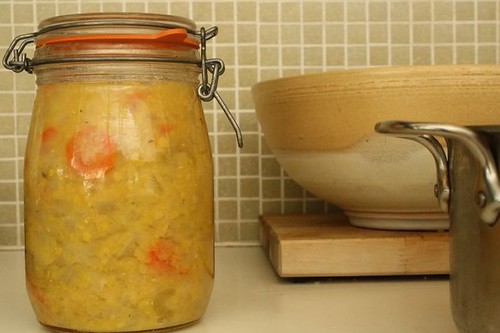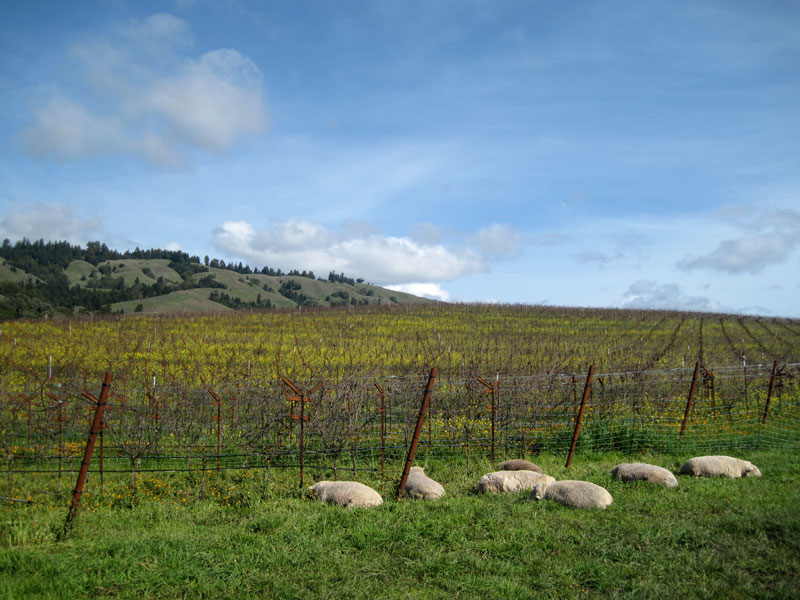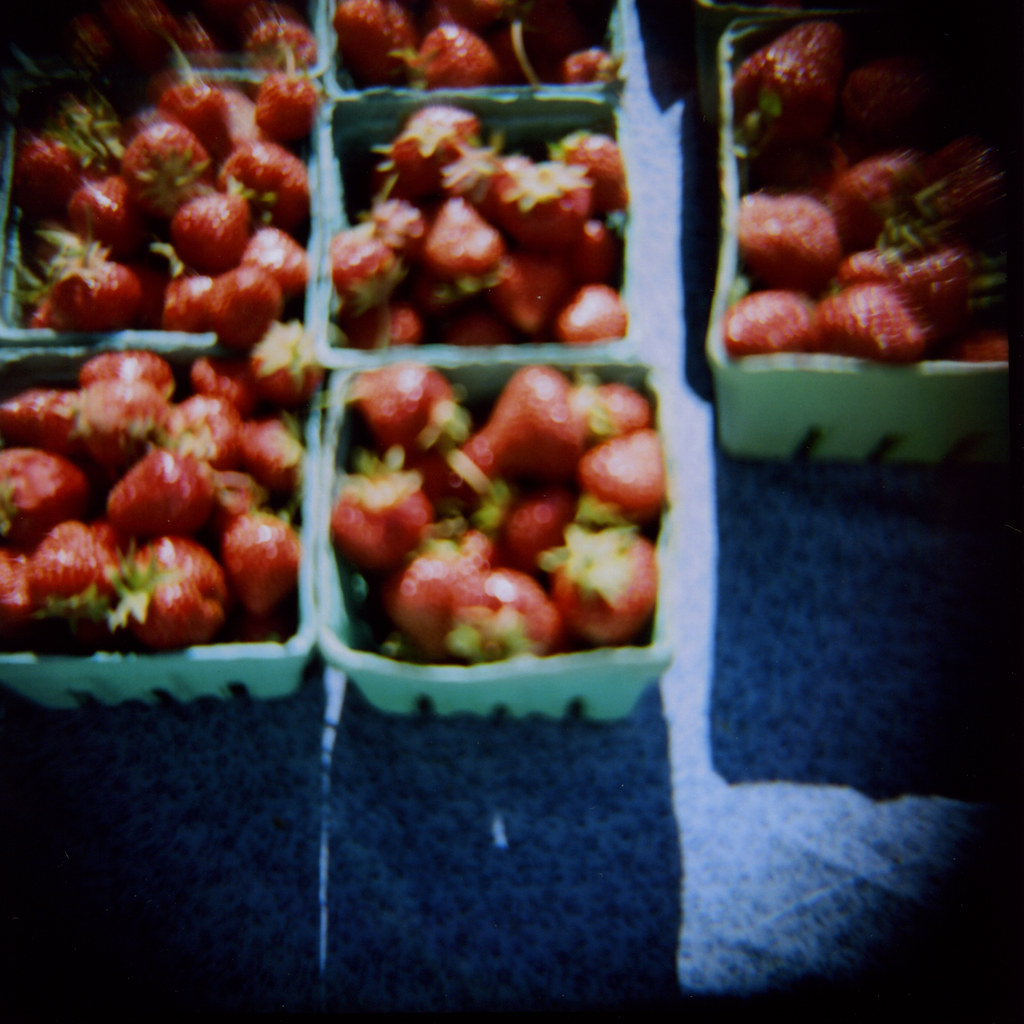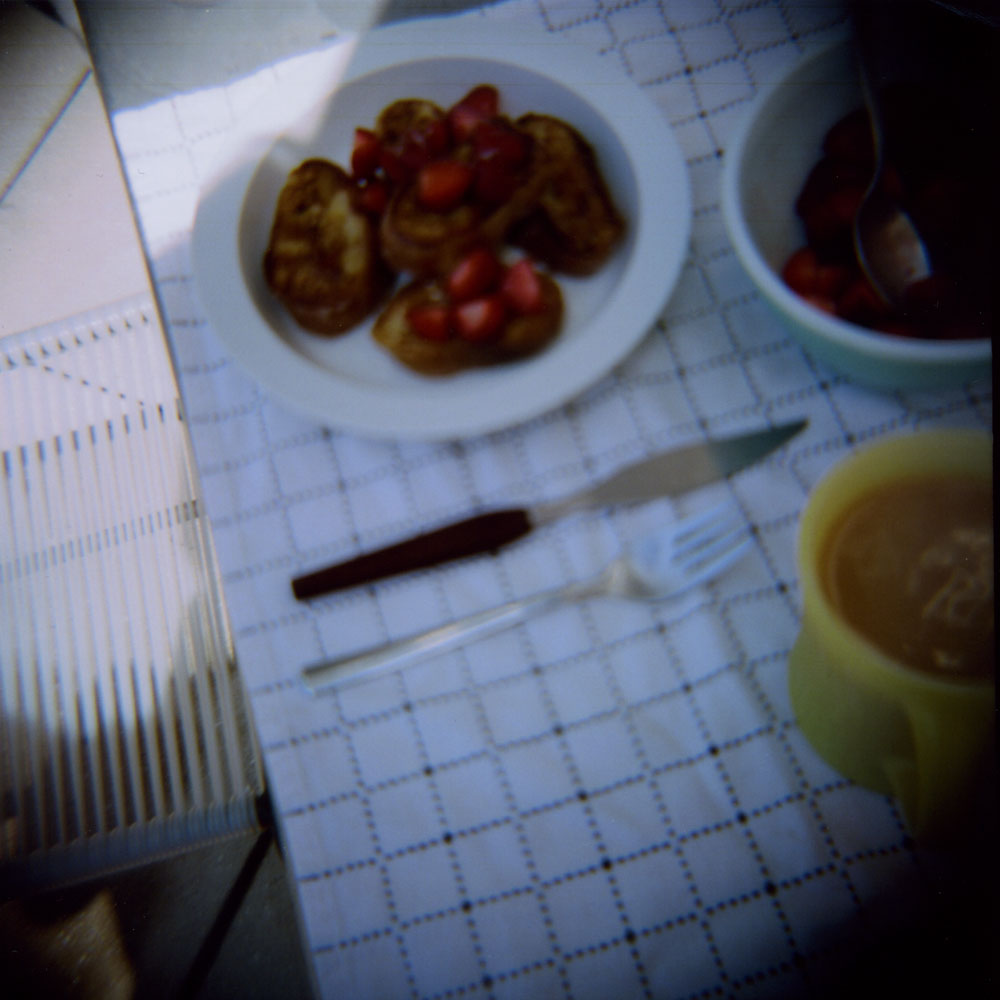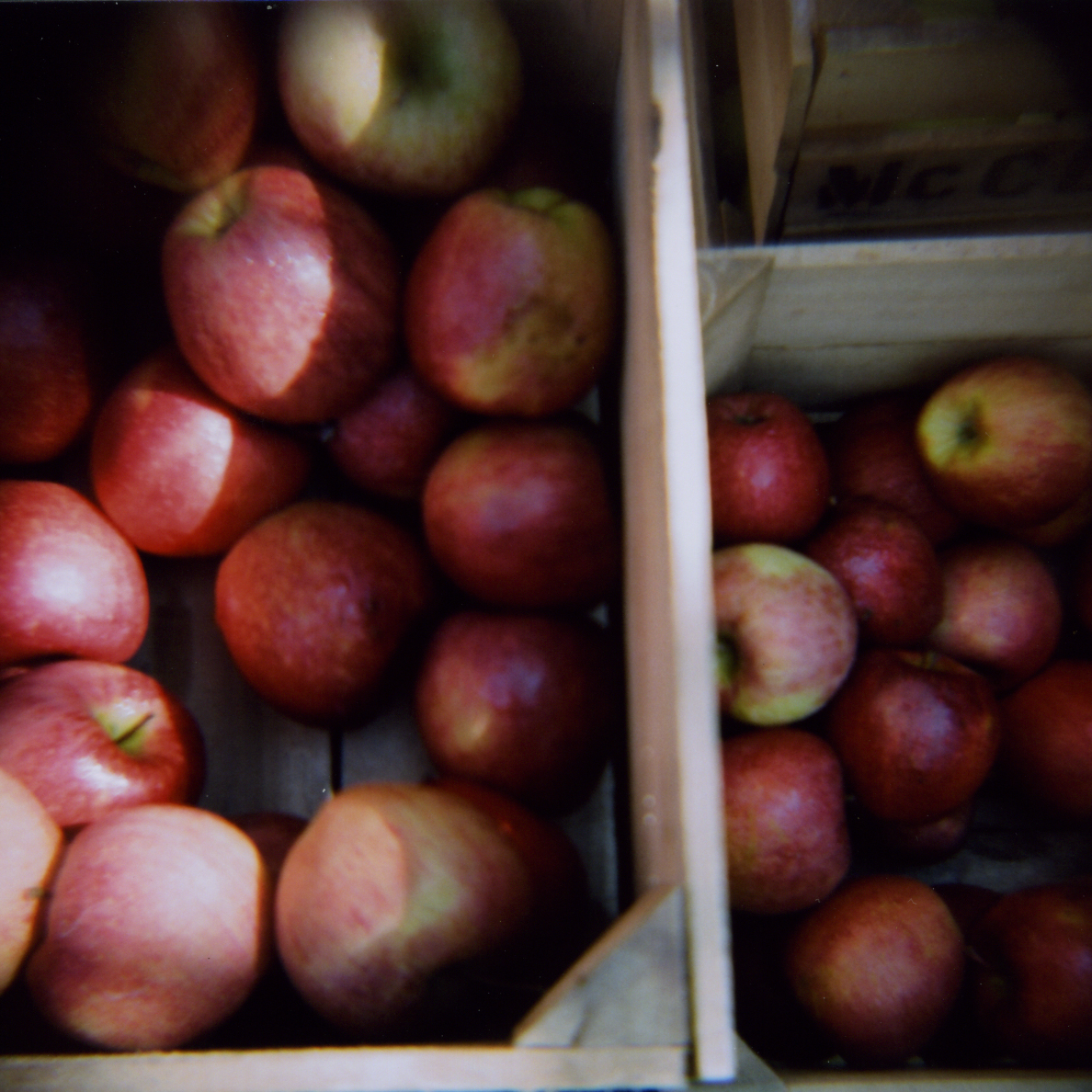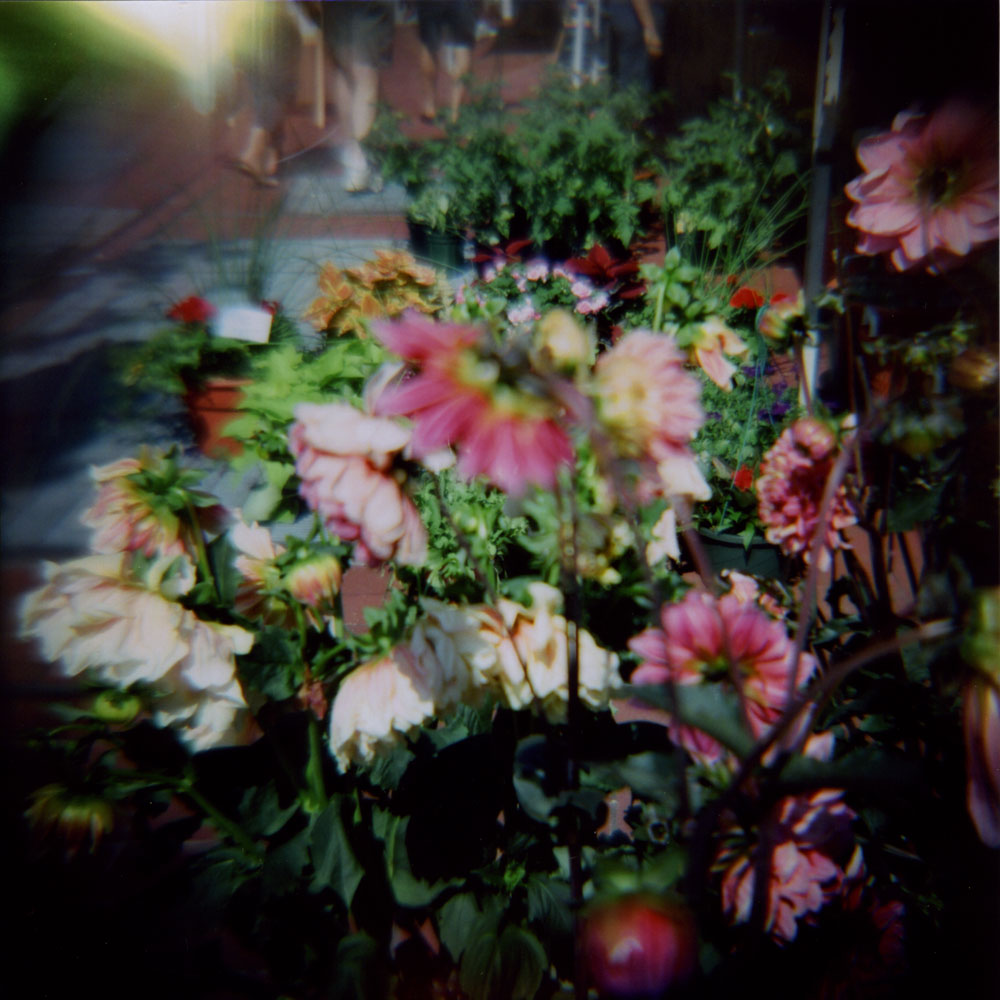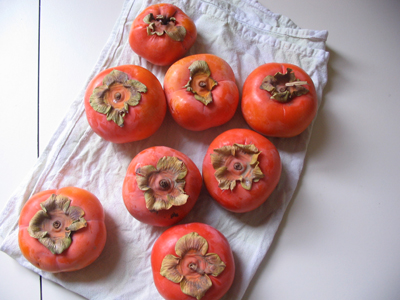
We have been members of Join the Farm (as "our farm" is known) for almost a year now. I stumbled upon them quite by accident - during some late night googling for a local organic CSA to try and bring to our neighborhood elementary school. I hadn't been able to find one as "local" as I wanted - most seemed to be south of Los Angeles, and we live on the northern end. I did not relish the idea of produce being driven through the City to get to us. I had been doing a lot of reading on food access - and the relationship between the communities our freeways intersect (on which our food is transported) and those same communities access to fresh produce. It was shocking.
As I looked more closely at Join the Farm I learned of their relationship with The Abundant Table Project. The project centers around issues of faith, social justice and sustainability. It sounded like a great fit. I contacted the farm and off we went. Drumming up subscribers in the beginning wasn't easy. We began with a core group of five families - not enough for delivery to our school site. Confident we could build it up we signed on and rotated driving to the next nearest pick-up spot. Soon we had doubled our subscribers and were able to move delivery to our school. (How does your CSA grow?)
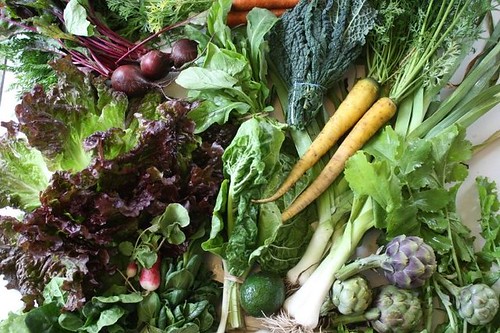
At first I struggled with making my way through our weekly box but we are now in a groove, and look forward to unpacking our bounty each week.
I've turned to on-line resources for new recipes, including past CSA posts here on sewgreen. We've built a blog for our subscribers to share what they are doing with their box. We organize visits to "our farm". That is the icing on the cake.
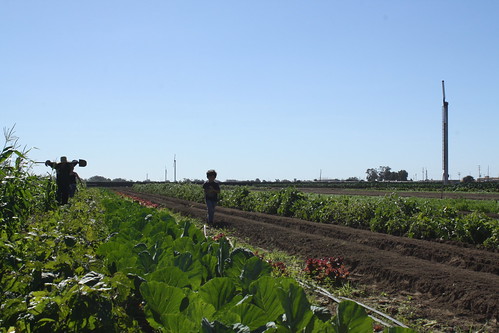
Today the girls weeded a bed of purple beans for two hours. Careful to stay in the furrow, they worked quietly and carefully. The only break they took was when they were asked to go check for eggs in the hen house - they took off running. They love it there. They have taken it as theirs without question. And this connection to the soil, to our food, to the people who grow it, to where we live, is more valuable than I imagined.











